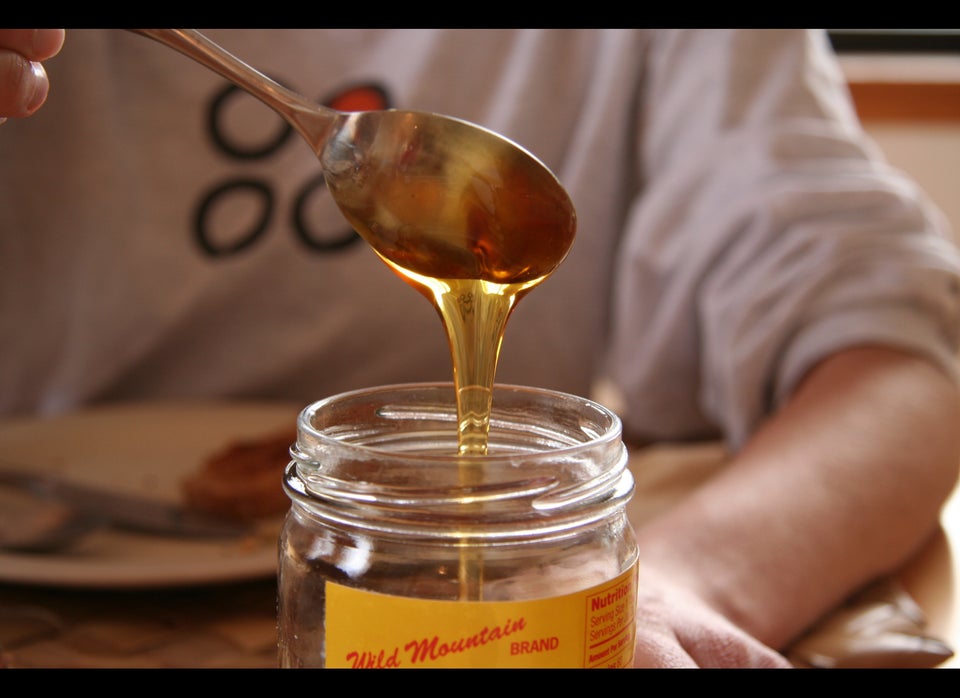It's the height of summer -- and if you've been spending more time outdoors lately, chances are you've got a few (or more) bug bites to show for your time in the sun.
And while bites from pests are an inevitable part of summer, it's important to reduce your risk of bug bites from mosquitoes and ticks. That's because several species of these insects can carry dangerous disease, including Lyme disease and West Nile virus.
"The most effective way to avoid West Nile virus disease is to prevent mosquito bites," wrote the CDC in their summer health guidelines. "Repellents containing DEET, picaridin, IR3535, and some oil of lemon eucalyptus and para-menthane-diol products provide longer-lasting protection."
Earlier this summer, the consumer advocacy organization Environmental Working Group compiled the latest research on bug sprays to help determine which repelling compounds were safest. They wrote:
The bad news: there's no sure, completely safe way to prevent bug bites. All bug repellents have pros and cons.
The good news: some repellents are effective and relatively low in toxicity -- provided you take precautions when using them, particularly on children.
We looked at some of the highlights from their report -- as well as important data from the CDC and the Environmental Protection Agency. Read on to learn more about what's in your bug spray:

Infographic by Jan Diehm for the Huffington Post.
This story appears in Issue 66 of our weekly iPad magazine, Huffington, in the iTunes App store, available Friday, Sept. 13.
